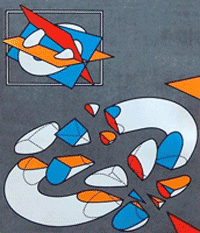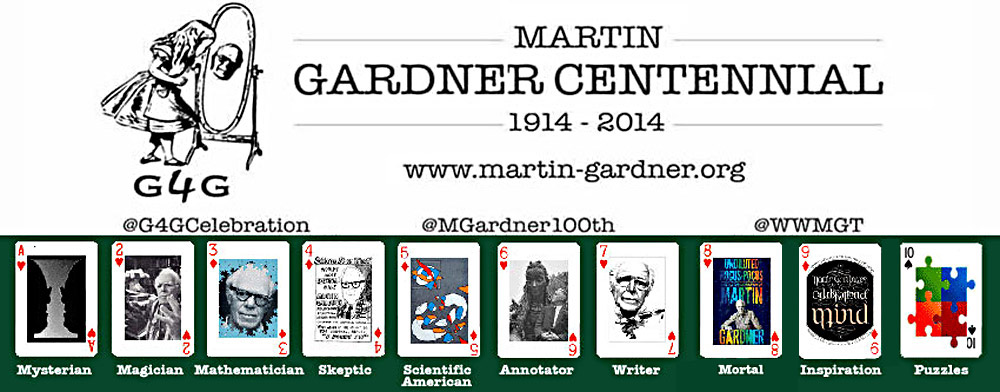Martin Gardner—Scientific American

Image: the maximal number of pieces into which a torus may be cut with three planar slices "Simultaneously achieving both depth and breadth is almost unheard of in today's scientific world, but Martin Gardner is an exception"—Douglas Hofstadter
Martin Gardner is best known to many for his long association with Scientific American magazine, but he was himself a model scientific American, from his earliest interests in science and rationality—initially he planned to study physics at Caltech—to his foundational role in the skeptical movement, and his popular writings on mathematics, puzzles, and physics, as well as the philosophy of science. Scientific American published 300-odd "Mathematical Games" columns by Martin, over a three-decade period. Through them, hundreds of thousands of readers first learned of hexaflexagons, polyominoes, the Soma cube, pentominoes, rep-tiles, tangrams, the art of M. C. Escher, origami, Conway's Game of Life, Penrose tiles, fractals, RSA cryptography, and much more. There were first generation and second generation spin-offs, For more information on the range of topics covered, click here. Thanks to the MAA, seven classic "Mathematical Games" columns are available online, as they appeared in later books. Martin was of course a veteran Puzzler, and he published about 40 Puzzle Books, some of them on science puzzles aimed at younger readers. In addition, Martin wrote about physics.
Math. Games /
The Canon /
CD-rom /
Impact /
Puzzles /
Books /
Sci. Puzzles /
Physics
|
